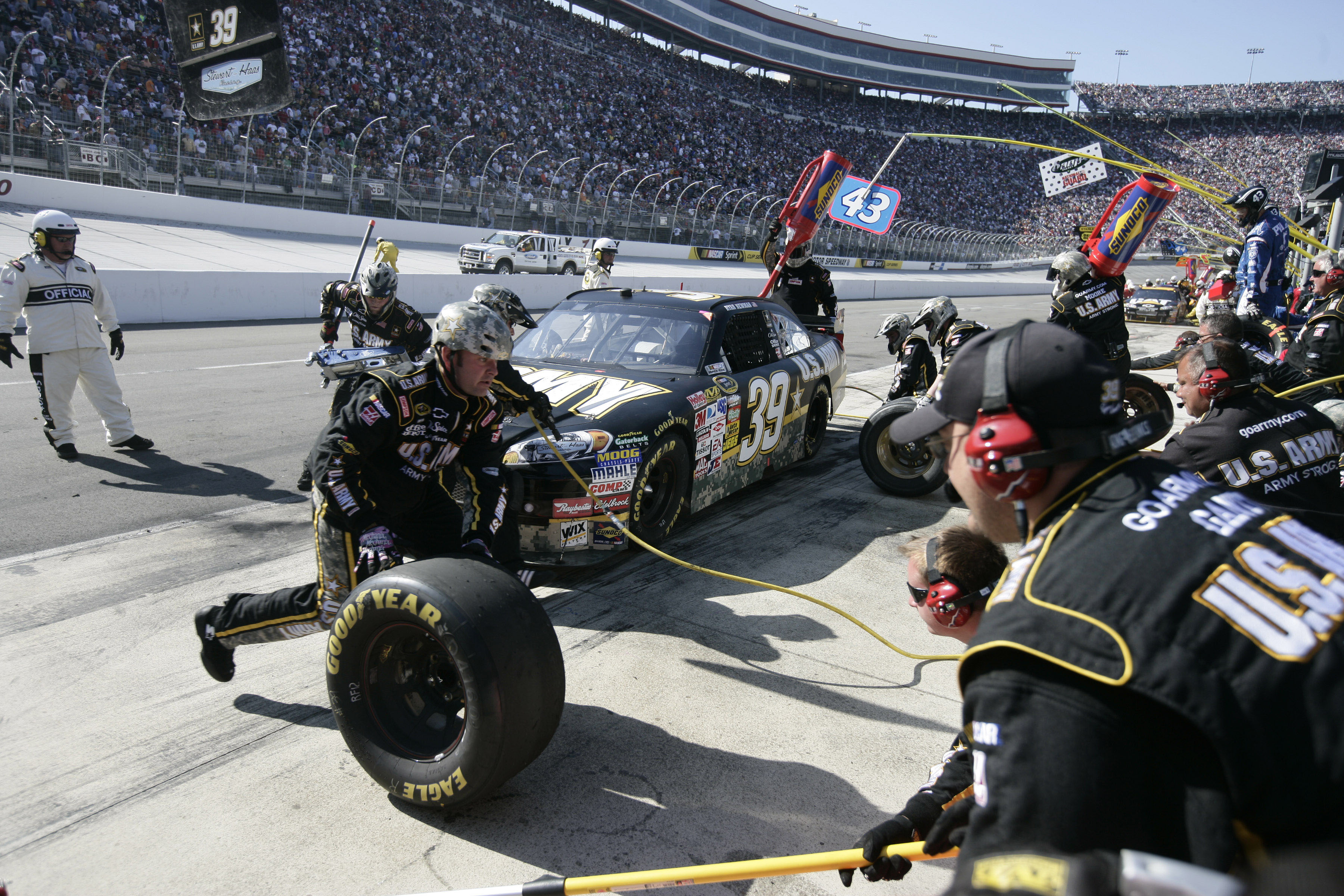Madison Farr, Contributing Writer
The National Association for Stock Car Auto Racing, or as most of us call it NASCAR, is quickly starting its 2016 season. If you’re like me, you know the bare minimum about NASCAR. All that I know doesn’t amount to much beyond what I learned from “Talladega Nights.” To become more educated before the biggest race in NASCAR (Daytona 500, in case you didn’t know), I’ve come up with a beginners guide for NASCAR.
Flags
The first thing you need to learn is what the flags mean. You have a typical red, yellow, and red like a stop light, so hopefully you can figure those out. Then you have a black flag; whichever driver is given the black flag must respond to a concern from NASCAR. Common examples include speeding on pit road, dropping debris on the track or failing to maintain the minimum speed on the track. Drivers have five laps to respond to the black flag. Black flags with a white diagonal stripe are shown to any driver not obeying the black flag and pitting within five laps is shown this flag, indicating scoring of the car has been suspended until further notice. A yellow flag with red horizontal stripes is waved to warn you there is debris or slippery conditions on the track. A white flag is waved to indicate the leader is on their last lap. Then they have a blue flag with a yellow diagonal stripe. This is the courtesy flag shown to drivers, not on the lead lap. It indicates that the slower drivers should yield to the faster drivers approaching them (in other words, start rooting for someone else). Then the very last one is the black and white checkered flag that is waved when the winner has crossed the finish line.
Being a NASCAR Driver
How do people actually get into races? I mistakenly thought any professional driver could enter any race, if they so desired. I was quite wrong. For every race, there are 43 drivers. To determine this number, a qualifying session is usually held one to two days before each race. The top 43 qualifying drivers will then participate in the race. The individual who posts the fastest time in qualifying starts on the “pole.” According to Yahoo! Sports the 2016 season has 44 register drivers, so unfortunately, one person won’t make the cut for the races.
Final Tips
Here are a few other facts so you can act like you kind of know what’s going on. The number that is seen after a race name isn’t the amount of laps they do, the number followed is the number of miles they will be driving. Next, each driver has a pit crew of seven men that can get them back on the track and driving in about 12 seconds. According to Quicken Loans Racing, the average car has 850 horsepower behind the engine. Depending on the tracks, top speeds can reach up to 200 mph in these races.
In the end, it is a long competition of people going around and around. You’ve still got plenty of time to pick a favorite driver and Google every thing about them. And if you don’t watch the whole race, you really won’t miss out on much; it’s like you’ve been a fan all along.


